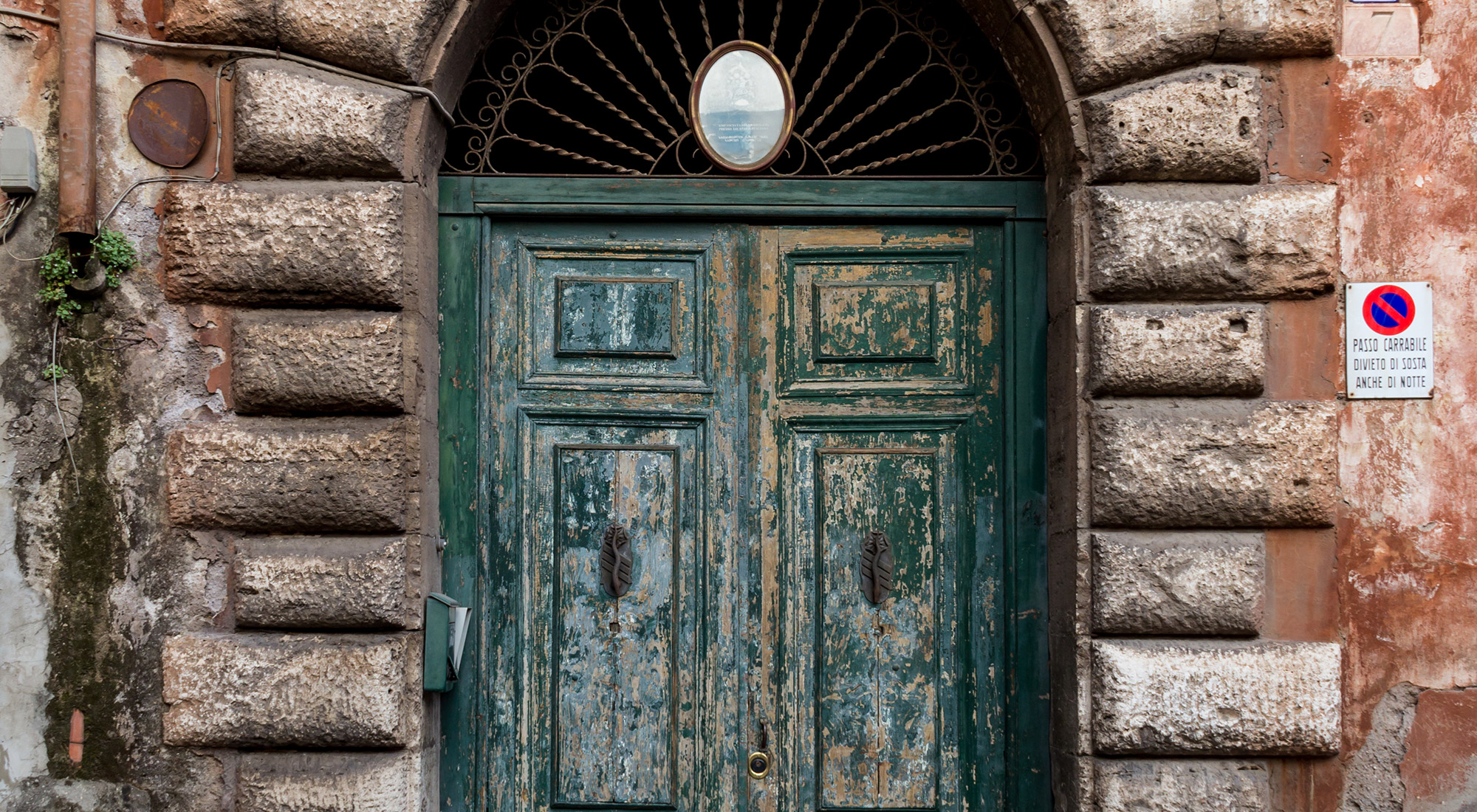For my mother’s seventy-first birthday, I bought her a beautiful pair of forest-green gloves at Settimio Mieli in Rome. Nestled into a small street just steps away from the bustling Piazza San Silvestro, Settimio Mieli is a tiny oasis of luxury, with stacks of gloves in every color from floor to ceiling. Each color is bundled separately and wrapped in white paper, one on top of the other; on the wall not covered with gloves are autographed photographs of famous clients from the last eighty years or so. The entire store is not much larger than an elevator car, and no more than two customers can comfortably be served at the same time. I had stumbled upon Settimio Mieli around five years ago when I came to see the former site of a Renaissance convent; the ex-convent now houses the central post office of Rome. I remember walking past the store and hesitating before opening the door—it was not the kind of place where you casually browsed. Since I first entered its doors that day, I have gone back almost every year with a particular purchase in mind. This time, in the winter of 2017, it was to buy my mother’s birthday present.
My mother was not someone to wear fancy gloves, so I eschewed any of the more elaborate offerings the shopkeeper put before me; the style I chose—cashmere-lined and of ordinary length—had only the modest decorative flourish of a strap with a button across the wrist. The gloves looked vaguely Victorian—a period my mother loved (she didn’t care much for modern things)—and I thought she would regard these as both beautiful and reasonably practical; I imagined her putting them on to go the theater or symphony, or out for a nice dinner. My mother was born in February, and she always loved the winter and all of its accoutrements. I thought the dark green gloves would bring a little flourish to her mink coat, one of the only luxury items she owned.
My mother was born in February, and she always loved the winter and all of its accoutrements.
When my mother died one week after her seventy-second birthday, she had been in Buffalo doing a last-gasp clinical trial. She had left her home in a small town along the Hudson River three weeks earlier wearing a warm jacket, but no gloves. On the way to the Buffalo hospital, her hands were cold—it was a frigid, February day—and I offered her my black leather gloves, which I had bought at Settimio Mieli a few years earlier (mine were plainer, without the pretty strap and button). She turned them down, saying she wanted something very comfortable, maybe fleece. My brother ended up getting her a pair at the Walmart near the Buffalo hospital (we were about as far from Rome as could be). Several weeks later, she left the hospital on a stretcher, covered in hospital bedding. It was now a very cold day in early March, and her hands were hidden under the layers of sheets and blankets; on our seven-hour drive to Manhattan in the ambulance, she had unconsciously pulled out her hands, which were almost unbearably frail, and I held them from time to time in my own, trying to lend her some of my warmth (she was wearing a pulse monitor, so she couldn’t have worn gloves—leather or fleece—even if she’d wanted to).
Last weekend I was at my mother’s house for the first time since the funeral three months ago. My siblings and I were there for the day to begin the painful work of going through her things. When I opened the jewelry box next to her bed, I found the dark-green gloves sitting on the very top. The single stitch connecting one glove to the other was still intact. There was something about these unworn gloves, preserved like relics on top of her jewelry, which broke my heart all over again. If I had had these gloves for the past two winters, I thought, I would have worn them many times. Maybe she didn’t like them, or maybe she was saving them for a special occasion that never came. Or maybe she never planned to wear them, but liked to look at them in her jewelry box, even hold them in her hands, and be reminded of her daughter who loves beautiful things and went to her favorite glove store in Rome to buy these for her.
Ramie Targoff is a professor of English, the cochair of Italian studies, and the Jehuda Reinharz Director of the Mandel Center for the Humanities at Brandeis University. She is the author of Common Prayer: The Language of Public Devotion; John Donne, Body and Soul; and Posthumous Love: Eros and the Afterlife in Renaissance England. Her newest book, Renaissance Woman, is a biography of Vittoria Colonna, a confidante of Michelangelo and a pivotal figure in the Italian Renaissance. Targoff lives with her husband and son in Cambridge, Massachusetts.
